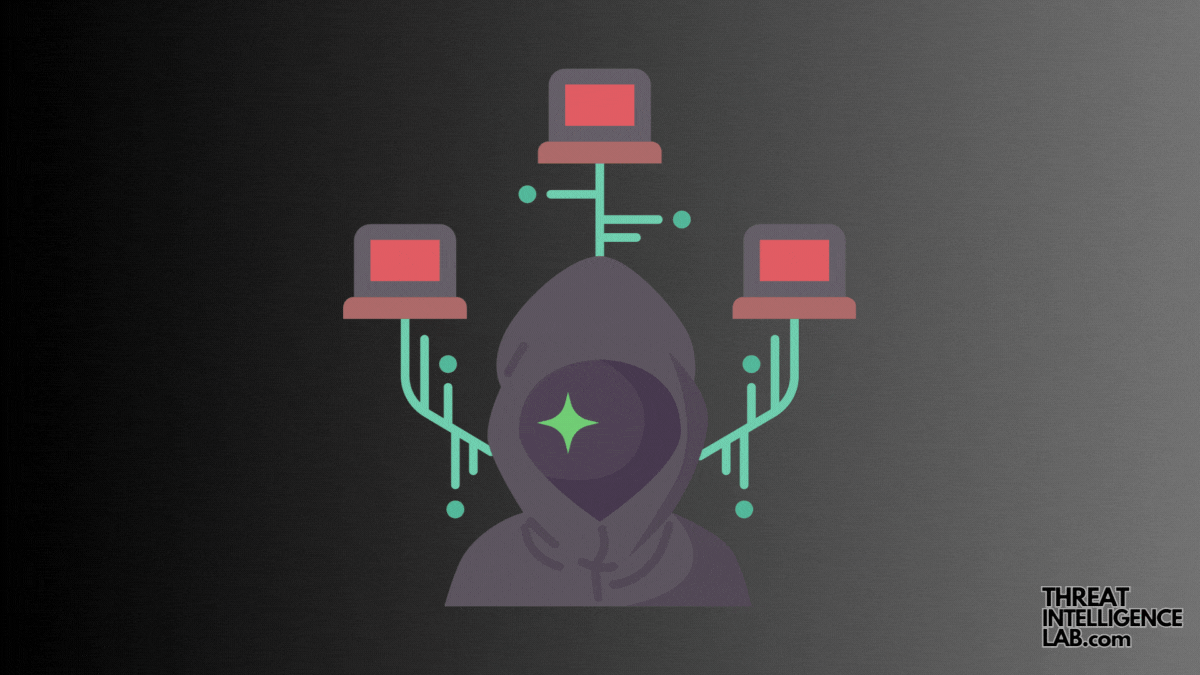The Command & Control (C2) phase is where attackers take command of compromised systems and direct them to perform malicious activities.

Why the Command and Control Phase Matters
The C&C phase follows the exploitation and installation stages of an attack, where attackers have already breached security and deployed malicious code.
At this phase, attackers command compromised systems via a server they control, orchestrating commands and funneling out stolen data.
This phase serves as the operational core of the attack, facilitating ongoing, covert interactions with infected systems.
The adaptability and persistence of the C&C phase make it particularly perilous. Attackers can adjust tactics, send additional harmful payloads, and siphon off sensitive data without detection.
- Cyber Attack Cycle: Actions Phase
- Cyber Attack Cycle: Command & Control (C2)
- Cyber Attack Cycle: Installation Phase
- Cyber Attack Cycle: Exploitation Phase
- Cyber Attack Cycle: Weaponization and Delivery
Techniques and Technologies in Command and Control
Attackers use a variety of stealthy methods and technologies to maintain control over their targets:
- Botnets: Attackers remotely control networks of hijacked devices to launch attacks such as distributed denial-of-service (DDoS).
- Domain Generation Algorithms (DGAs): Malware uses these to create numerous domain names that act as potential communication points with the C&C server.
- Virtual Private Servers (VPS) and Tor: These tools help attackers obscure their communication channels, making it tough for security systems to identify and block malicious traffic.
- Fast Flux Networks: By rapidly changing DNS records to redirect domain names to different IP addresses, attackers can conceal phishing and malware delivery sites.
How to Defend Against C&C Activities
To prevent or disrupt the C&C phase, you need a combination of advanced tools and strategic tactics:
- Segment and Monitor Networks: Segmenting networks and monitoring traffic can help you spot unusual patterns that might indicate C&C activities.
- Deploy Endpoint Detection and Response (EDR) Systems: These systems offer real-time monitoring and response to threats at endpoints, spotting and mitigating suspicious activities as they occur.
- Leverage Threat Intelligence: It’s critical to keep abreast of the latest C&C tactics and indicators of compromise (IoCs). Using threat intelligence can help you proactively block known malicious IP addresses and domains.
- Conduct Regular Security Audits and Penetration Testing: These practices identify and address vulnerabilities that attackers could exploit, reducing the chances of them establishing C&C.
Real-World Examples of C&C Tactics
Take the GameOver Zeus botnet, for instance. It managed thousands of infected computers via peer-to-peer communication to commit massive financial fraud and distribute ransomware.
Or consider the Mirai botnet, which transformed networked devices into bots for executing large-scale DDoS attacks. These cases highlight the sophistication of C&C tactics and underscore the need for robust defenses.
Conclusion on Command and Control Defense
In summary, the C&C phase is a critical point in a cyber attack, signifying the operational execution of the threat. To combat these threats, it’s essential to stay vigilant, use advanced technology, and implement strategic defense measures.
Deepen your understanding of how attackers command and control their targets. So you significantly enhance your ability to disrupt their plans and safeguard your organization.

